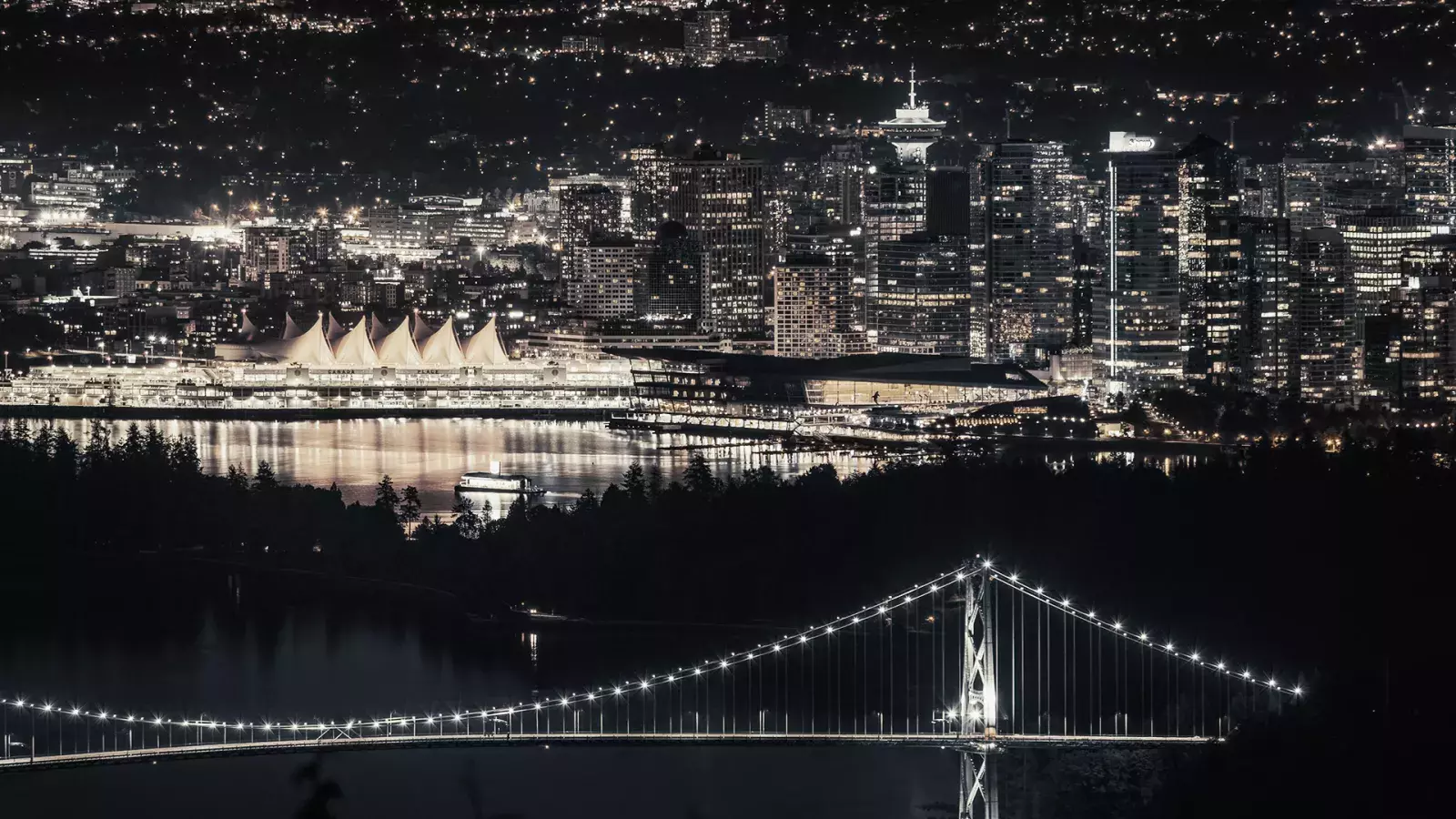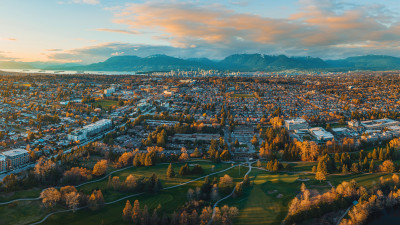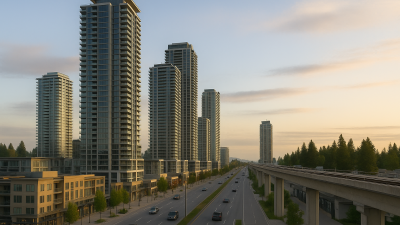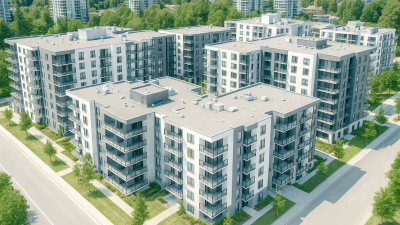Recently, we released this year’s MLA Black Book, a biannually created comprehensive analysis of the presale real estate market in the Greater Vancouver and Fraser Valley regions. Produced by our Advisory team, the report provides detailed insights into presale sales results, including active sub-markets, development and rezoning application activity, project launches, and upcoming releases.
One major takeaway from this edition of the Black Book was the presence of three notable market nodes: key development areas with a high volume and concentration of housing applications. These nodes are expected to see significant new development due to their strategic locations along major highways, transit orientation, and infrastructure investment supported by population growth. Here, we provide a look into the intel the Black Book has to offer on exciting market nodes.
Langley’s 200th Street Corridor
Langley's 200th Street Corridor, and particularly the Willoughby neighborhood, has experienced rapid growth over the past five years. This area benefits from strong highway connectivity via Highway 1, the Langley Events Centre, increasing neighborhood amenities, and relatively affordable housing. According to Statistics Canada’s 2021 Census, Langley ranks among BC’s ten most populated cities, with the Township of Langley showing the second-fastest population growth in the province from 2016 to 2021, at 13.1% growth.
Notable developments include Phase 1 of Jericho Park by Essence Properties, which began selling the first three low-rise buildings in June 2024. The complete Jericho Park project, encompassing Phases 1, 2, and 3, will feature over 1,600 condominium units in both concrete high-rise and woodframe low-rise buildings, adding a total of 7,811 homes to the area.
Port Moody and Coquitlam Centre
In the Coquitlam Centre and Port Moody areas, several master-planned communities are buzzing with over 18,000 units are in the planning stages. These high-density developments are driven by the proximity to existing transit infrastructure and attractive natural amenities along Moody Inlet, bolstered by provincial policies that promote development in transit-oriented neighborhoods.
According to Metro Vancouver Growth Projections 2021, Coquitlam’s population is expected to grow by 55% by 2040, while Port Moody is anticipated to grow by 42% in the same period. Developments in these areas aim to significantly increase housing inventory, develop a larger employment base, and enhance local commercial amenities.
Key projects include Marcon’s TriCity Central, nearing final approval for an 11.6-acre mixed-use master-planned community in Central Coquitlam, which will include nine residential towers, retail, and commercial/office space. Additionally, the Moody Centre Transit-Oriented Master Planning Group is collaborating to develop the area between St. Johns Street and the CPR/Evergreen Line rail corridor, with Beedie proposing three towers on Spring Street and Electronic Avenue, potentially adding another 972 units to the market.
The Broadway Plan’s Concrete Rental Development
The Broadway Plan, a 30-year strategy approved by the Vancouver City Council in 2022, covers a six-square-kilometre area bordered by 1st Avenue, Clark Drive, 16th Avenue, and Vine Street. This plan centers around the future Millennium Line Broadway Extension of the SkyTrain, stretching from VCC-Clark Station to Arbutus Street, leveraging six new subway stations as the framework for growth to enhance housing, job opportunities, and amenities.
Since Spring 2023, the municipal government has been publishing detailed rezoning applications for high-rise, purpose-built rental housing in the plan’s footprint, initiating the City's public consultation process. The city is reviewing the plan to align with new provincial legislation mandating denser housing along transit routes, in tandem with the Millennium SkyTrain expansion. Currently, over 7,500 rental units are proposed within this area.
With regional affordability, local amenities, and economic growth opportunities, these market nodes are prime locations for urban development and revitalization.
The MLA Black Book provides an even deeper look at the three sub-markets, as well as outlining valuable information on development and rezoning application activity, project launches, and upcoming releases. For more detailed insights and future market trends, download the full report.



